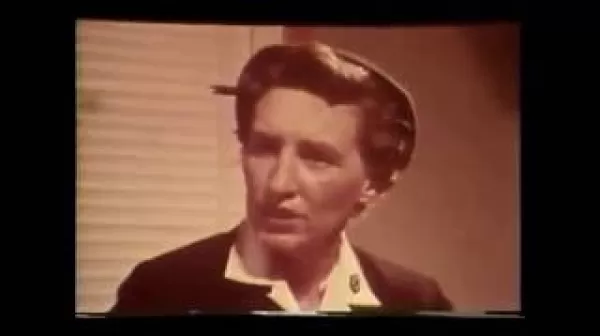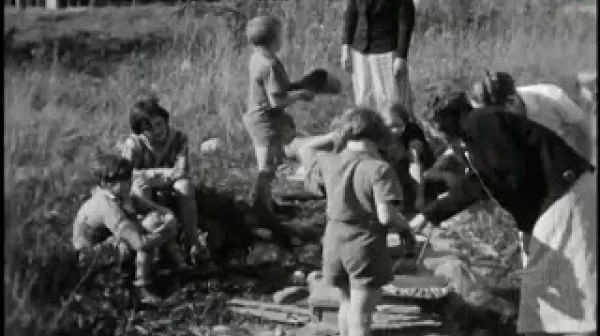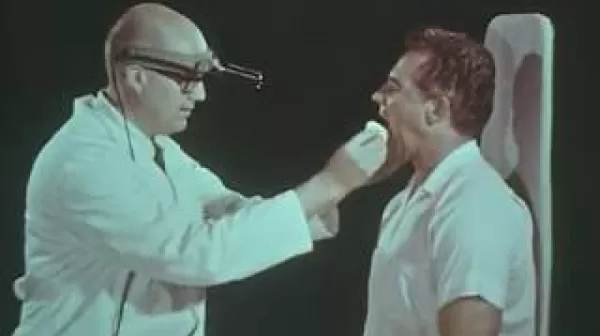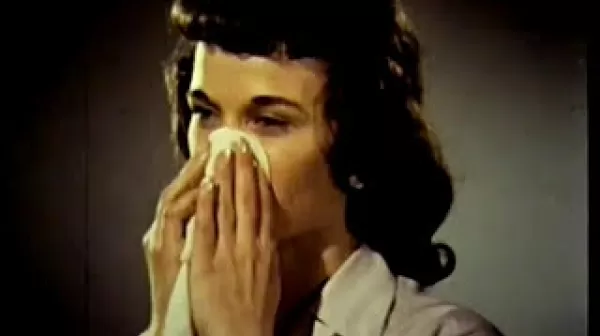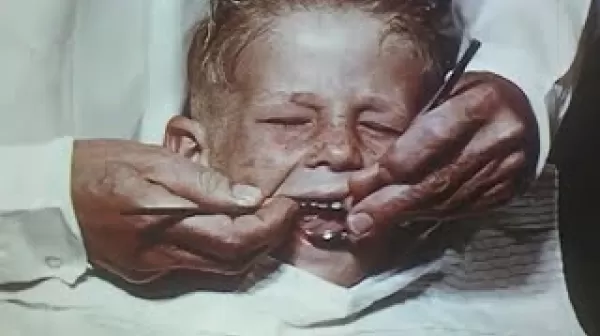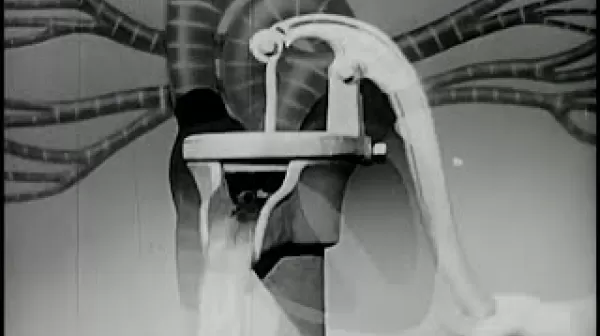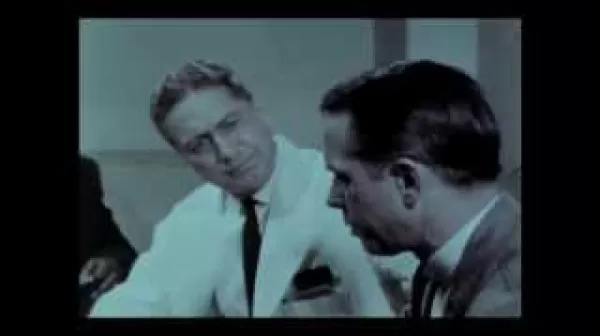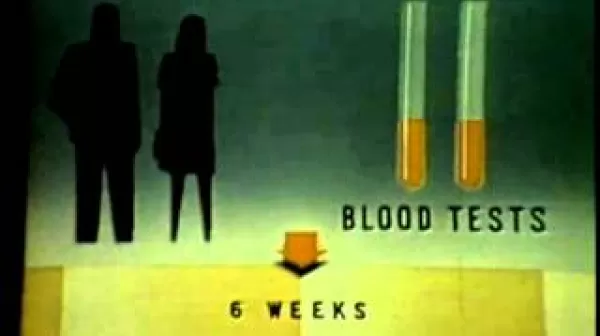The Public Health Nurse and the Retarded Child (Oklahoma State Dept. of Health, 1960)
This film discusses the role of the public health nurse in relation to the retarded child and his family. This objective is achieved with the aid of clinical subjects, personnel from a clinic for retarded individuals, and public health nurses. Miss Roberts, a public health nurse, becomes aware of a retarded child, Mark, during a routine home visit for an eye check on Mark's older brother. Mark's mother describes him as "slow," and the program discusses simple methods to use in assessing a child's abilities at an early age.

